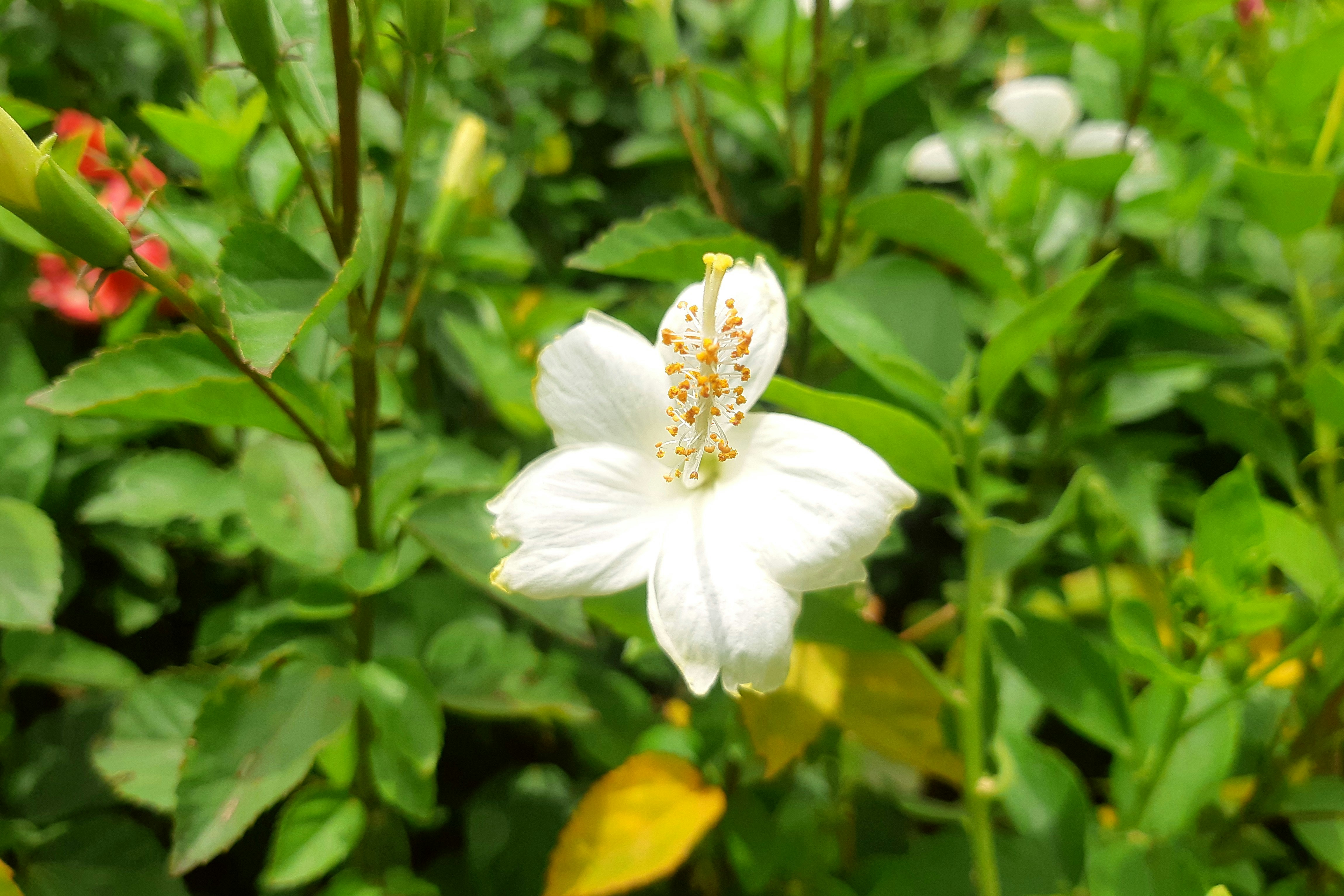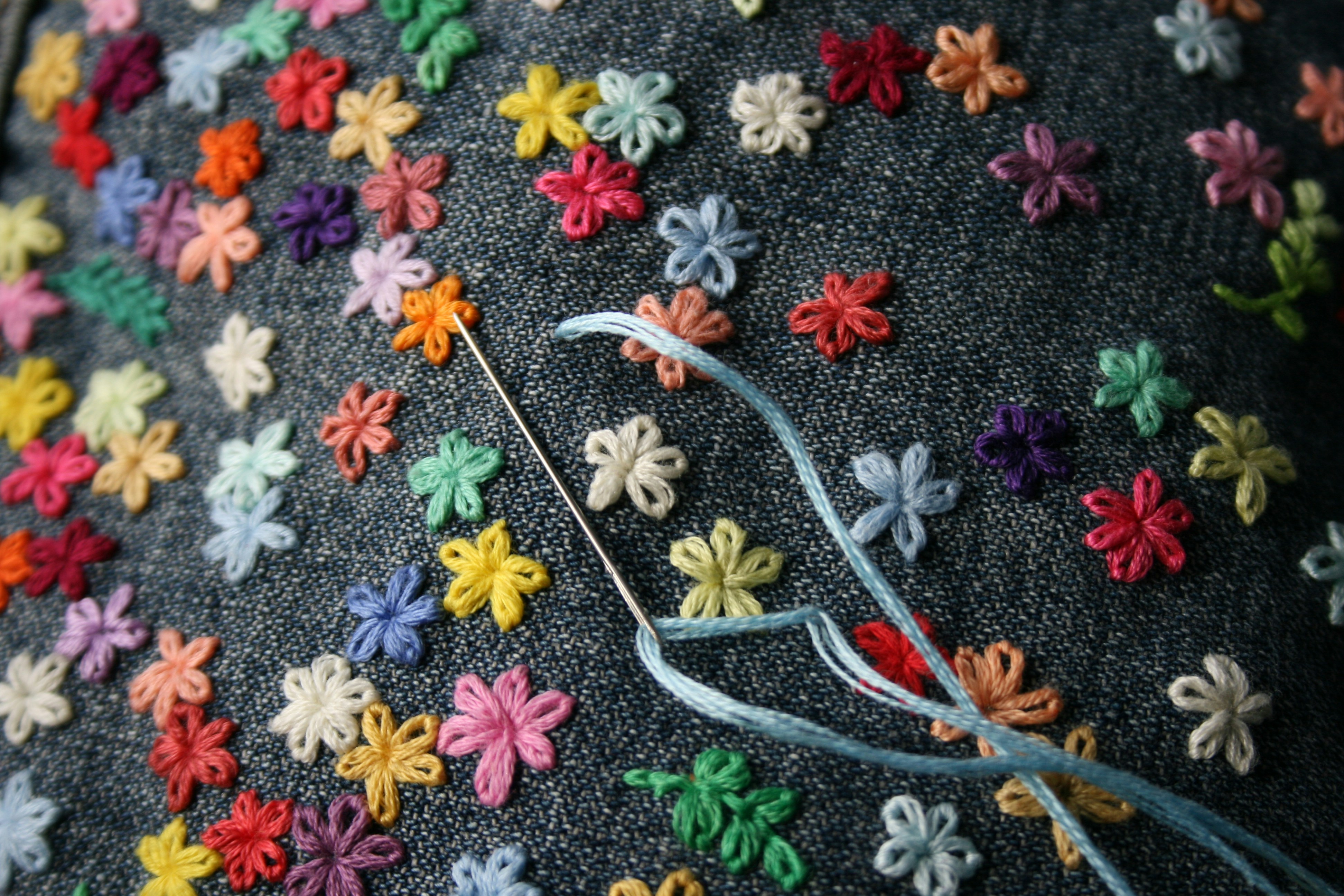Exploring Diverse Interests: Photography, Weed Pulling, and Fish Photography
August 21, 2024 | by MikeinJC
 Photo by Ram Kishor on Unsplash
Photo by Ram Kishor on UnsplashUnlocking Creativity Through Photography
Photography stands as a versatile and expressive art form, inviting individuals to capture the world from unique perspectives. Whether you’re wielding a DSLR camera, exploring the flexibility of a mirrorless system, or harnessing the power of your smartphone, photography allows for infinite creative possibilities. Understanding the basics is paramount. Familiarize yourself with different camera types and their distinct advantages: DSLRs offer excellent image quality and lens variety, mirrorless cameras are lauded for their compactness and advanced features, while smartphones excel in convenience and rapidly improving capabilities.
Key photography techniques provide the foundation for stunning images. Composition plays a critical role; the rule of thirds, leading lines, and framing are just a few compositional principles that guide the viewer’s eye and create compelling visuals. Lighting, both natural and artificial, profoundly impacts mood and texture in a photograph. Understanding how to manipulate light—through techniques like backlighting, sidelighting, or diffused lighting—can elevate the quality of your shots. Depth of field, which refers to the range of focus in an image, allows photographers to emphasize subjects and blur distractions, thus adding layers to the visual narrative.
Beyond the mechanics, photography can be a therapeutic and rewarding pursuit. It encourages mindfulness and a heightened awareness of your surroundings. Whether you find yourself drawn to the serenity of nature photography, the dynamism of urban environments, or the simplicity found in everyday objects, photography invites you to observe the world with a creative eye. Inspiration often lies in the subtle details—the play of shadows, the pop of color against a muted background, or the candid moment that tells a story.
To develop one’s unique style, practice remains indispensable. Embrace experimentation, and don’t shy away from trying new techniques or unconventional angles. Over time, consistent practice fosters not only technical proficiency but also helps refine your artistic vision. Photography, with its intrinsic blend of technicality and creativity, serves as a profound medium for personal expression and a gratifying hobby for people of all ages.
The Art of Weed Pulling: A Guide to Managing Your Garden
Maintaining a thriving and beautiful garden involves more than just planting vibrant flowers and shrubs. One of the most critical yet often overlooked tasks is diligent weed control. Effective weed pulling has multiple benefits, including promoting the growth of desired plants, preventing the invasion of pests and diseases, and significantly enhancing the garden’s overall aesthetics. Untamed weeds can compete with garden plants for nutrients, water, and sunlight, making it essential to manage them methodically.
Understanding different types of weeds and their growth patterns is the first step towards effective weed management. Annual weeds, such as crabgrass and chickweed, complete their life cycle in one season and can be dealt with before they seed. Perennial weeds like dandelions and thistles have deeper root systems and may require more persistent efforts for removal. Identification of these weeds is crucial as it informs the choice of appropriate tools and techniques.
Manual pulling of weeds is one of the most efficient and environmentally friendly methods. Tools such as hoes, trowels, and weed pullers can make the job easier, especially when dealing with weeds that have deep roots. The best time to pull weeds is when the soil is moist, making it easier to extract the entire root system. Consistent removal of weeds prevents them from seeding and spreading further.
Sustainable practices can also play a significant role in minimizing weed proliferation. Mulching, which involves covering the soil with organic or inorganic materials, helps suppress weed growth by blocking light. Proper spacing of plants can reduce the space available for weeds to establish themselves, while the use of natural herbicides can target weeds without harming the environment. These practices not only control weeds but also contribute to the long-term health of the garden.
Besides being a crucial maintenance task, weed pulling can also offer therapeutic benefits. It is a mindful activity that allows gardeners to disconnect from daily stresses, engage with nature, and find a sense of accomplishment in the results. Engaging in regular weed pulling can transform garden maintenance into a rewarding experience, reinforcing the bond with the garden while promoting its health and beauty.
Niche Photography: Capturing the Underwater World of Fish
Diving into fish photography opens a realm of intricate challenges and exquisite rewards. This niche discipline requires a specialized set of skills and equipment to effectively capture the elusive beauty of underwater life. Key instruments include underwater cameras, durable housings, and specific lenses designed to handle the often unpredictable aquatic environment. High-quality underwater cameras like the Canon EOS R5 or the Sony A7R IV, paired with waterproof housings, allow photographers to delve deeper into marine ecosystems while protecting their gear from water damage.
Mastering underwater photography techniques is crucial. Proper white balance adjustment ensures accurate color reproduction, which can be drastically altered by water. Lighting management is essential; natural light diminishes rapidly underwater, making artificial lighting a necessity to highlight the true colors and details of your subjects. Strobing or using underwater lights can help in overcoming the challenges posed by water clarity, often hampered by particles and sediments suspended in the water column.
Understanding fish behavior and habitat is vital for capturing compelling images. Different species exhibit unique patterns, from the serene glide of a manta ray to the sudden, rapid movements of a clownfish. Anticipating these behaviors not only enhances the chances of getting that perfect shot but also provides a deeper appreciation of their world. Photographers should research the habits and preferred environments of their target species to improve efficiency and yield better results underwater.
Ethical considerations play a significant role in fish photography. It’s imperative to approach marine life without causing distress or harm, avoiding any disruption to their natural habitats. Maintain a respectful distance and refrain from touching or chasing fish. Using non-intrusive techniques ensures that the marine ecosystem remains undisturbed for future generations of photographers and nature enthusiasts.
The creative potential of fish photography is vast. Documenting the vibrant underwater ecosystems can be incredibly rewarding, offering unique and visually stunning content. This specialized field not only enhances one’s photographic skills but also fosters a greater appreciation for marine life and the need to protect our oceans.
RELATED POSTS
View all


